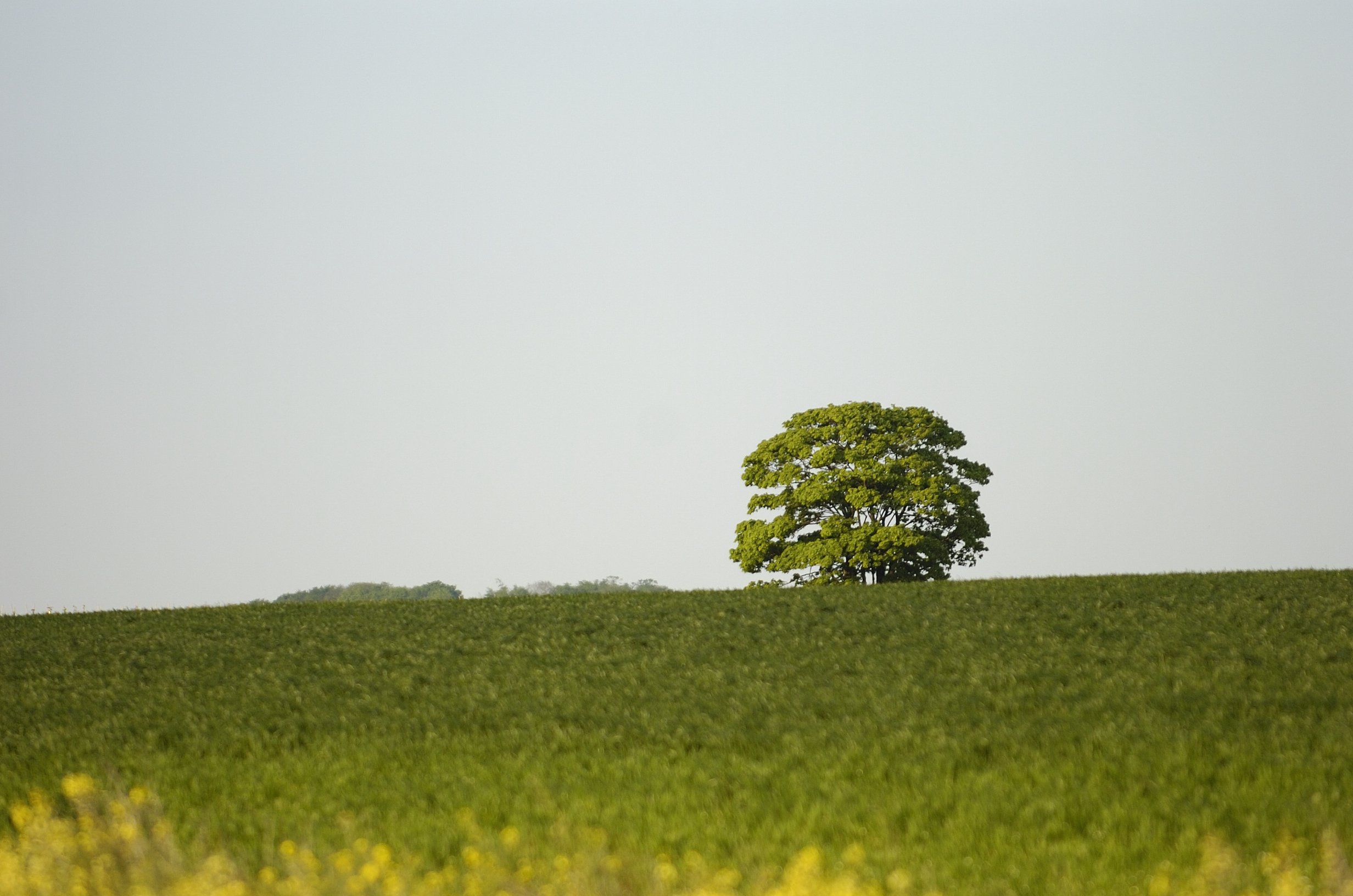
THE RECOVERY PROJECT
The whole farming system on the Norfolk Estate has been changed to bring about this recovery in biodiversity as part of the ‘Peppering Project''.
30 kilometres of new hedges have been planted and alongside them 4m cover strips and 10m crop conservation headlands have been established. These are areas where traditional crops are grown with no herbicides or insecticides and no artificial fertilisers so that 1930's arable farming is replicated, bringing about a dramatic increase in wild flowers and broad leafed weeds and the insects which feed on them. This has provided both habitat for nesting as well as a food source via insects that chicks can feast on at hatching time. The rest of the acreage (approximately 90% of the total area) is farmed commercially as normal to produce food in the usual way. The Peppering Project is therefore a middle way approach to biodiversity revival, with 90% of the acreage producing food and the remaining 10% being used as wildlife corridors to bring about this revival.
The other crucial element to the restoration plan is legal predator control which is carried out by the keepers following best practice as set out by DEFRA's guidelines. Rats, Foxes, Stoats, Weasels, Magpies and Crows are all controlled between February to August each year to reduce predation on all ground nesting birds to give them a chance of survival. Despite all best efforts at reducing predation about one third of partridge nests are lost to predators each season before hatching.
In the case of lapwings, a huge effort is put in to try and protect the nests and young chicks from corvids but still losses remain high at over 50%. However, on average 1.3 chicks per pair are successfully fledged, whereas the same figure supplied by the RSPB on areas elsewhere where no predator control is carried out is only 0.1 chicks per pair. The recognised figure to maintain the population is 0.8 chicks per pair and so Peppering is crucial in bucking the trend nationally, to bring about a local revival of this endangered species and indeed it is estimated that a third of all Lapwings produced in the South Downs National Park come from Peppering.
Skylarks, another red-listed ground nesting bird have also increased from 100 pairs to 450 pairs by controlling foxes to improve the chick survival rate and there are now on average 7 pairs dancing to the wind on every field visited at Peppering. Cornbuntings, another critically endangered species have increased to sixty singing males.
The important point to make about predator control is that despite the keeper's best efforts, all species of predators are still present at Peppering for the duration of the nesting season. However, their numbers are significantly reduced to give all ground nesting birds a far better chance of breeding success. It is this which is behind the increase in numbers. Once this breeding success has been achieved by mid-August, predator control ceases and nature is allowed to run its course until the following spring.
Some partridge shooting does take place most years but only when there is a shootable surplus. Normally it is one or two days but in exceptionally poor breeding seasons no shooting takes place. The value of this shooting is a crucially important driver to help offset the keepering costs.
Peppering Project Results
Grey Partridge
In the period between 2003 and 2014 there was an increase of over 2,000 grey partridges. The population has remained stable ever since.
Red Listed Birds
A significant increase in the population of many other red listed birds including Lapwings, Skylarks and Cornbuntings. The Eurasian Curlew is also being introduced to try and achieve the first successful breeding of this iconic bird on the South Downs for the first time in 100 years.
Raptors and Owls
Six species of Raptors and four species of Owls now breeding at Peppering.
Flora
Flora of conservation headlands are now similar to whole fields in the 1930s with 119 different broad-leaved weeds and arable flowers present, including some important red listed plants":
Narrow Fruited Cord Salad
Prickly Poppy
Cornflower
Dwarf Spurge
Venus Looking Glass
Night Flowering Catchfly
Invertebrates
Invertebrate numbers have responded positively to the abundance of broad-leaved weeds in the conservation headlands. Over 500 different invertebrates are now present at Peppering with 8.7% being nationally rare. Including an unusual Enoplognatha which might be an entirely new species. It has been found on only three sites in Britain at Peppering, Knepp and a site in East Sussex











